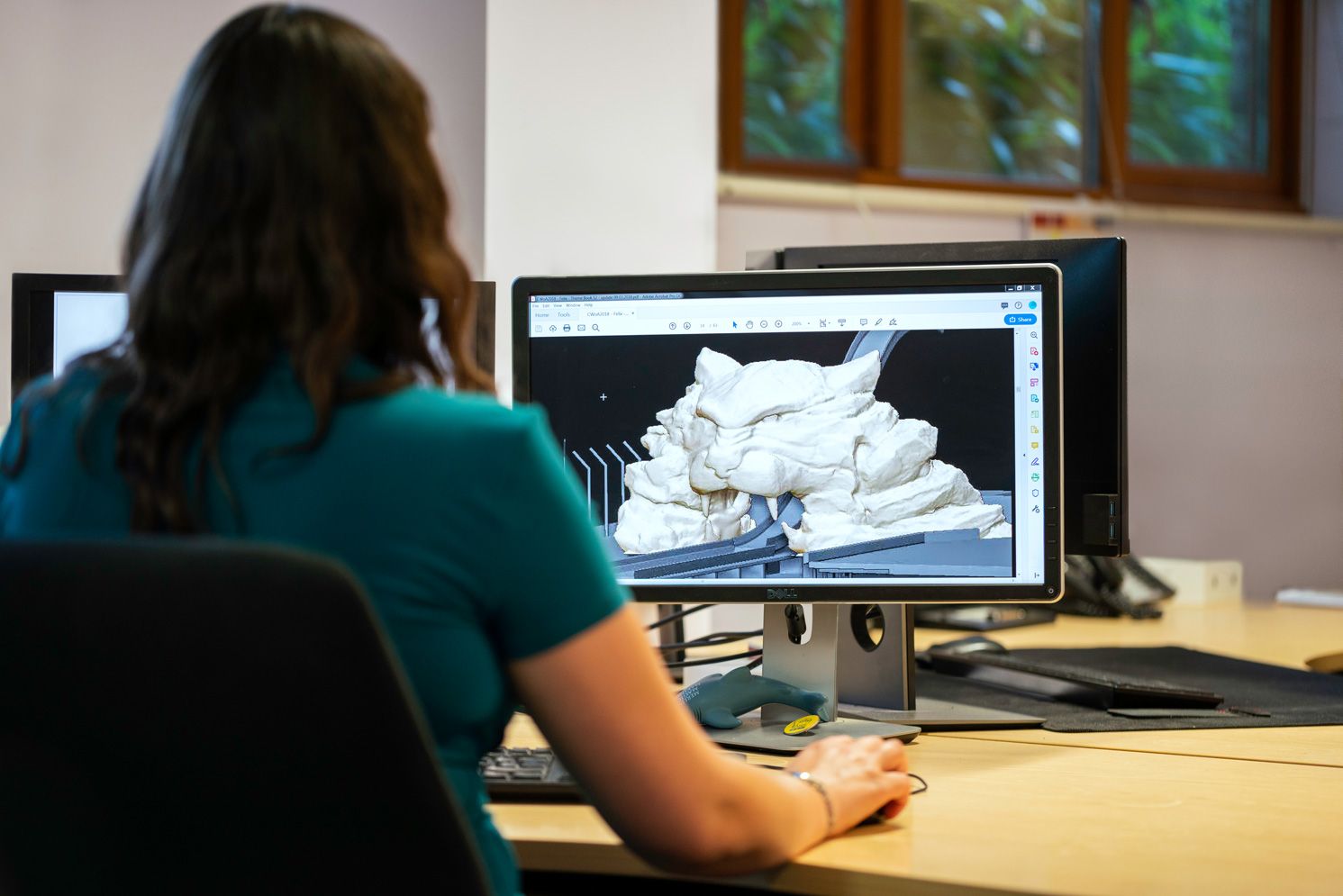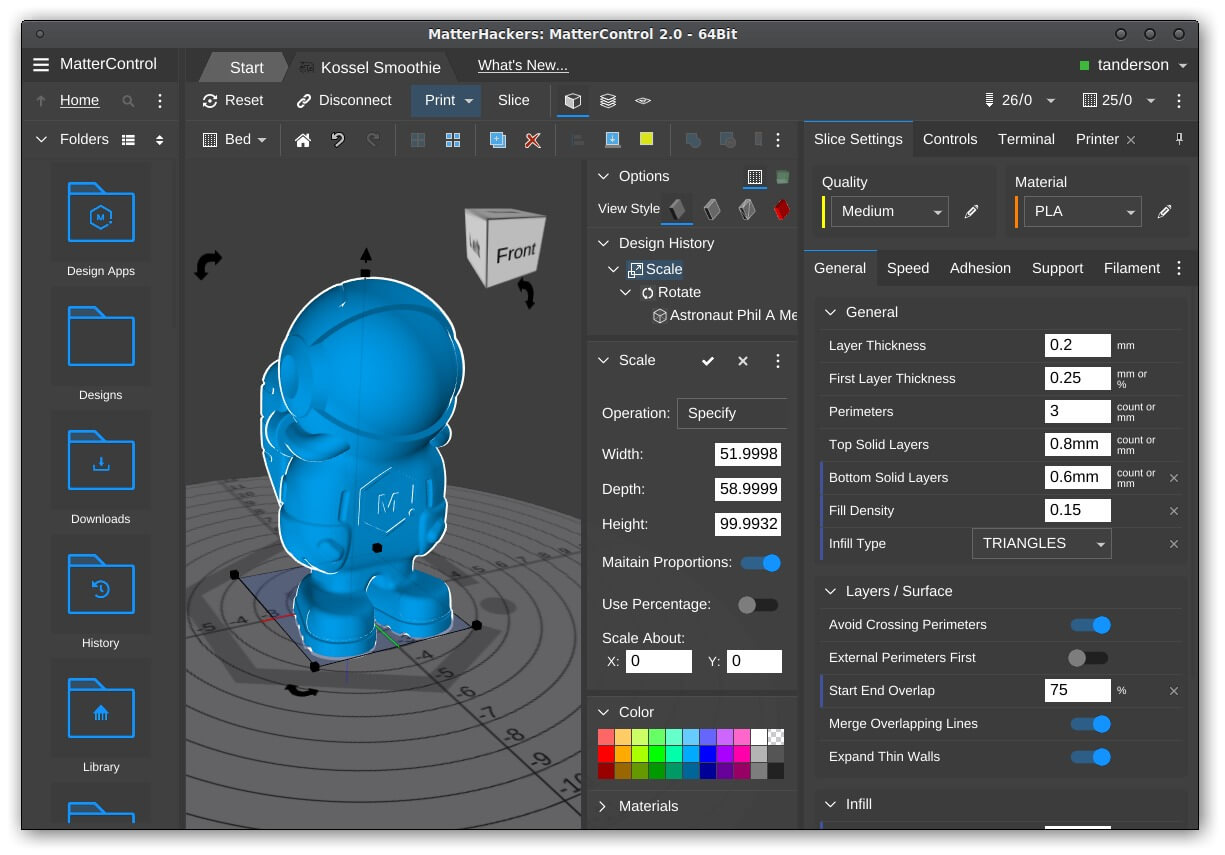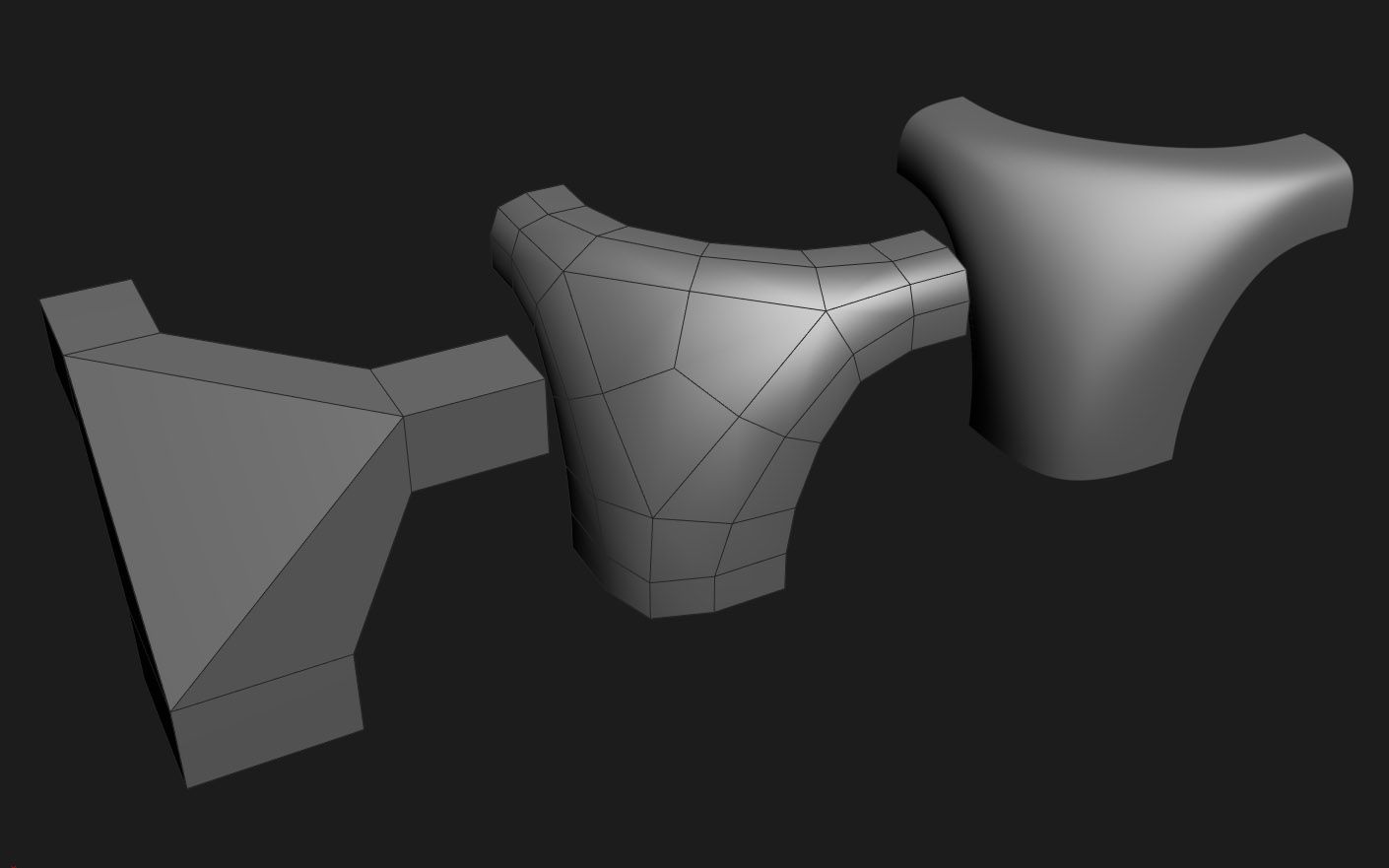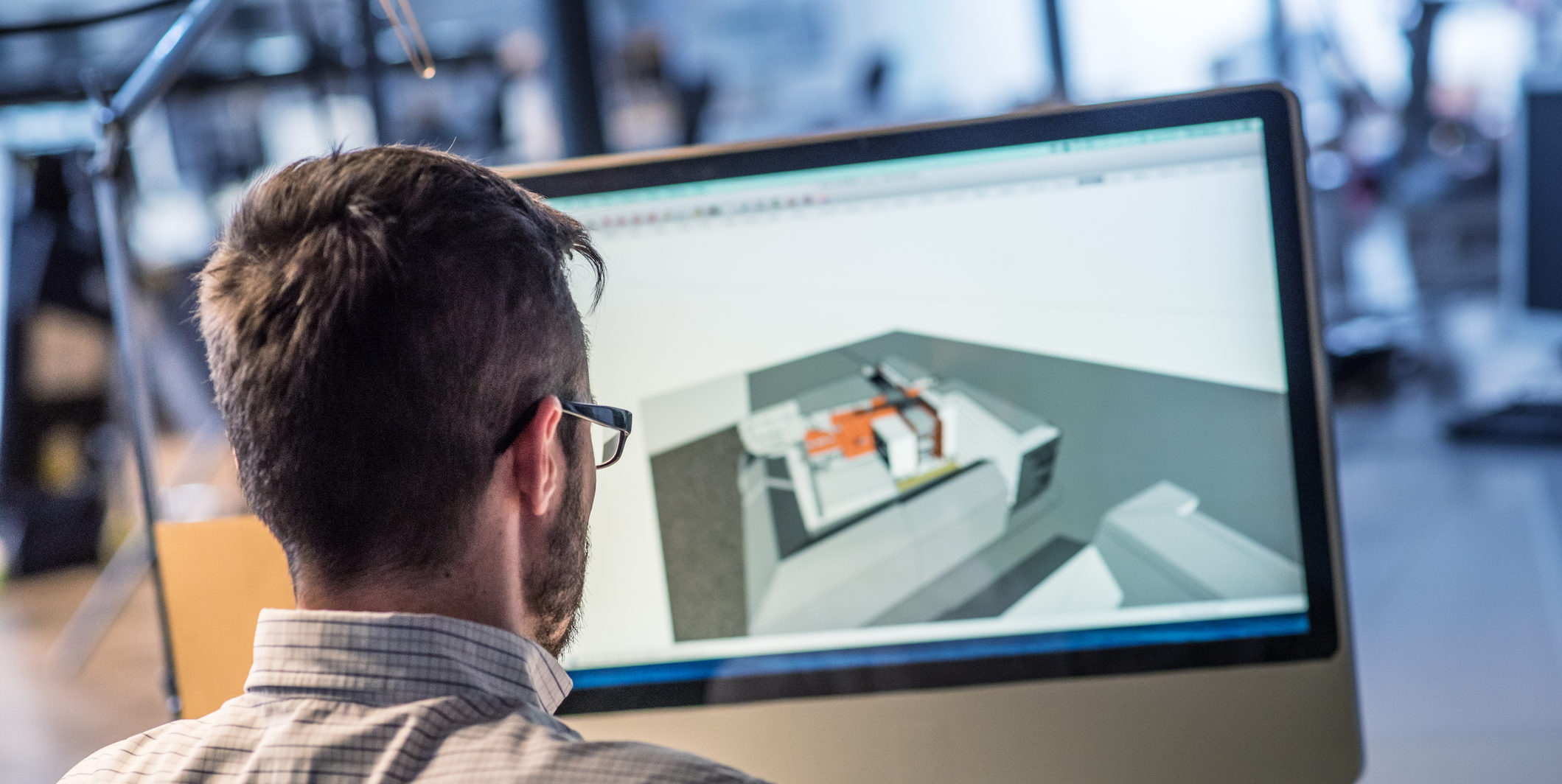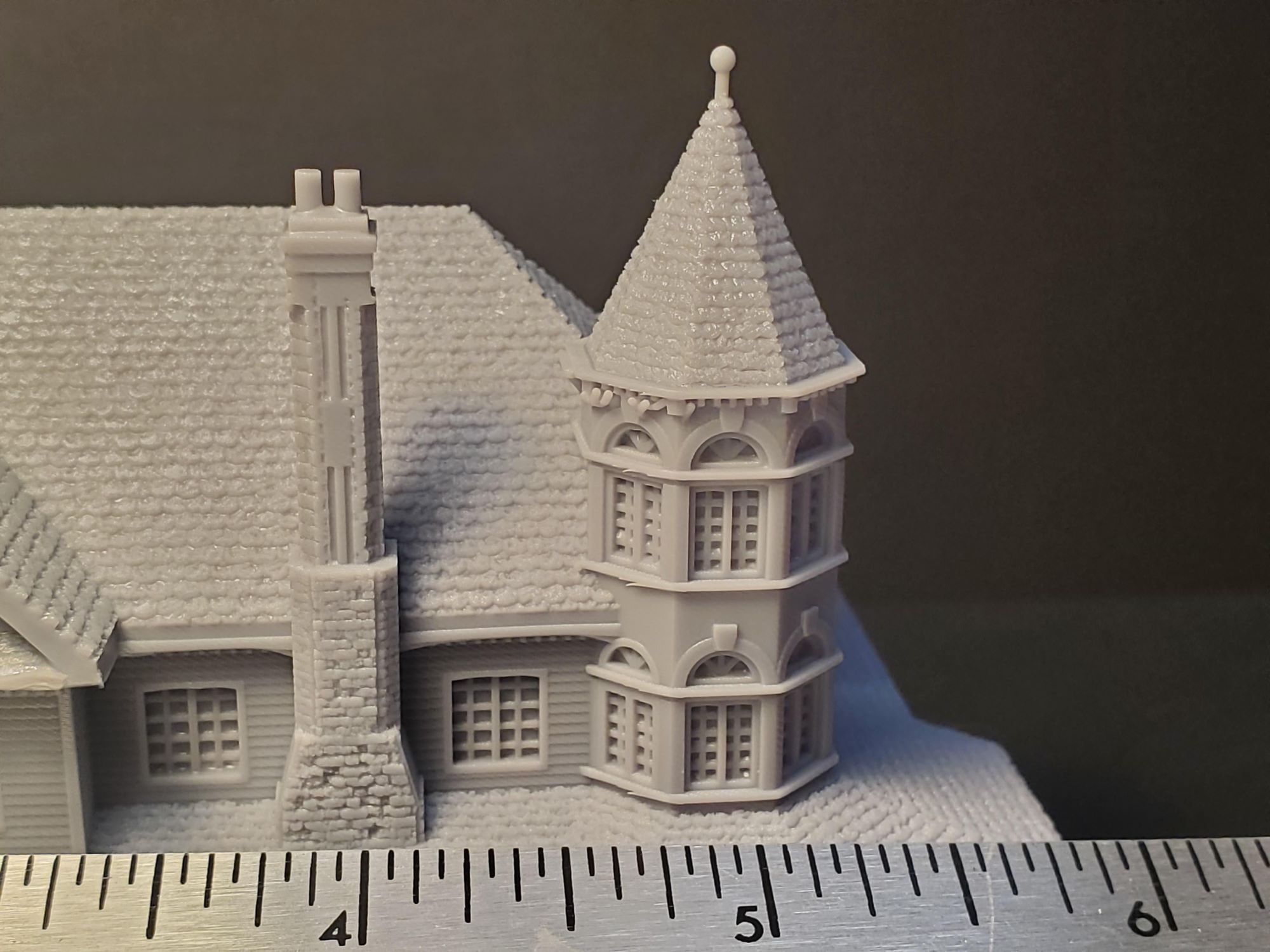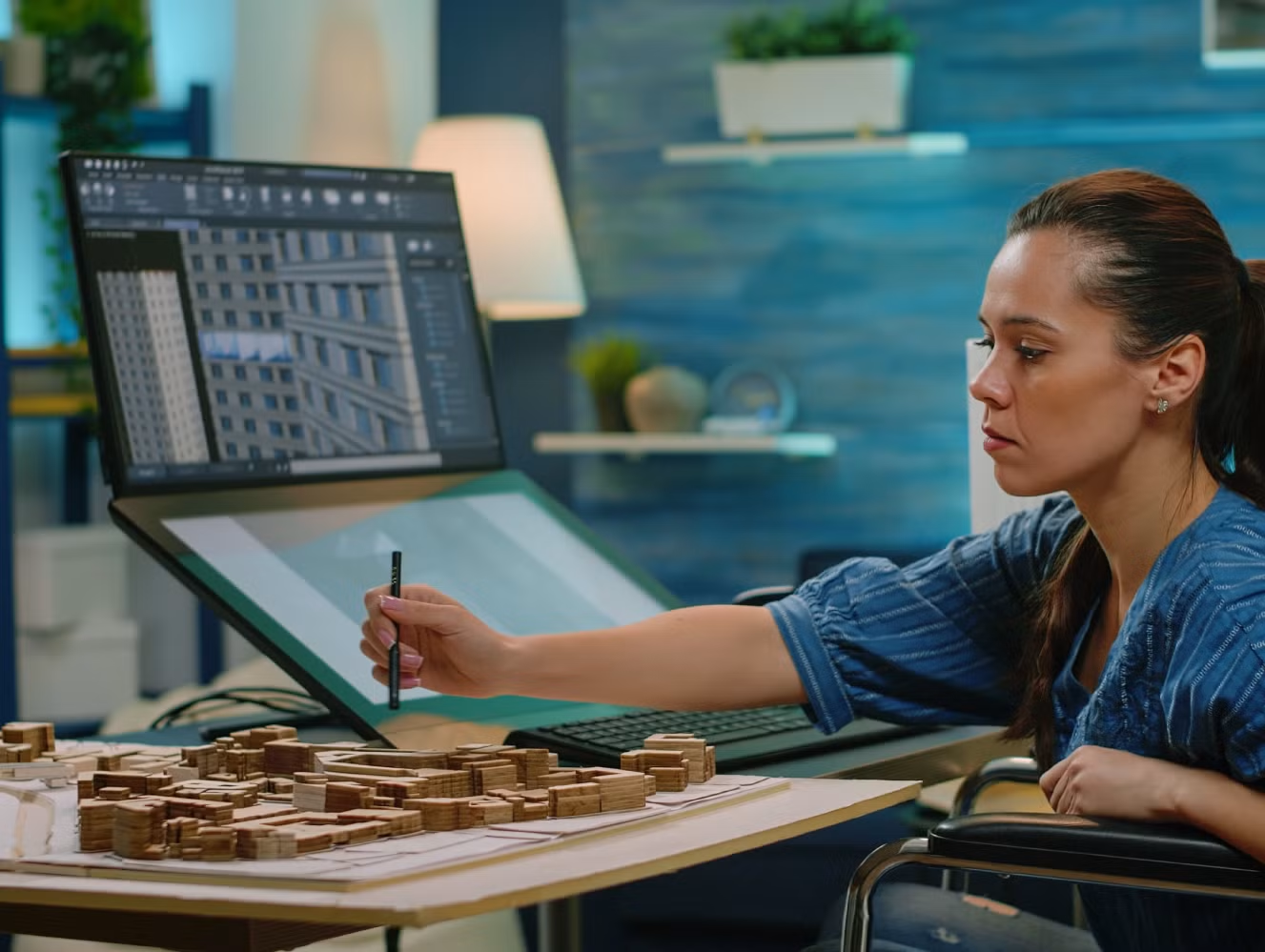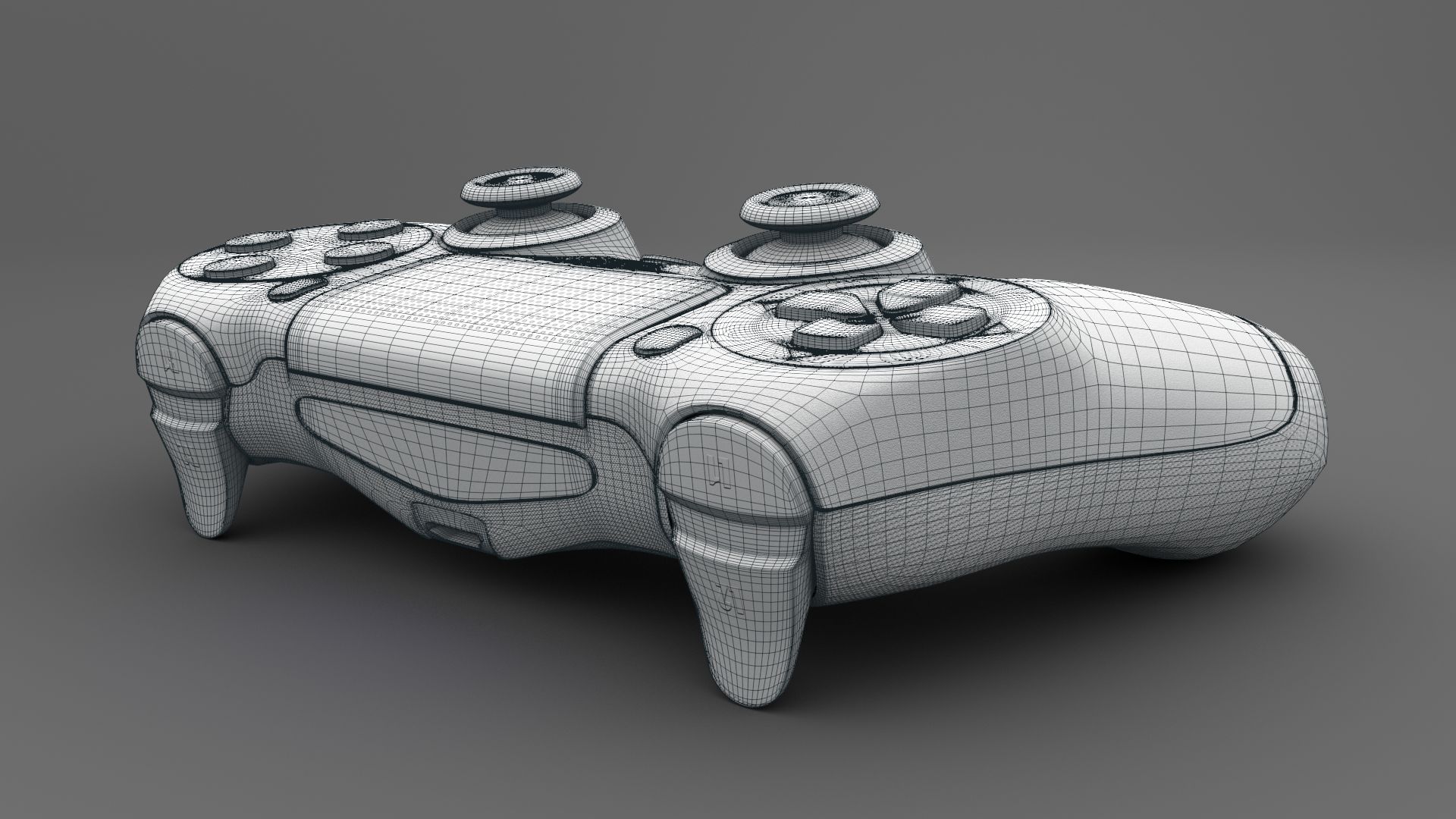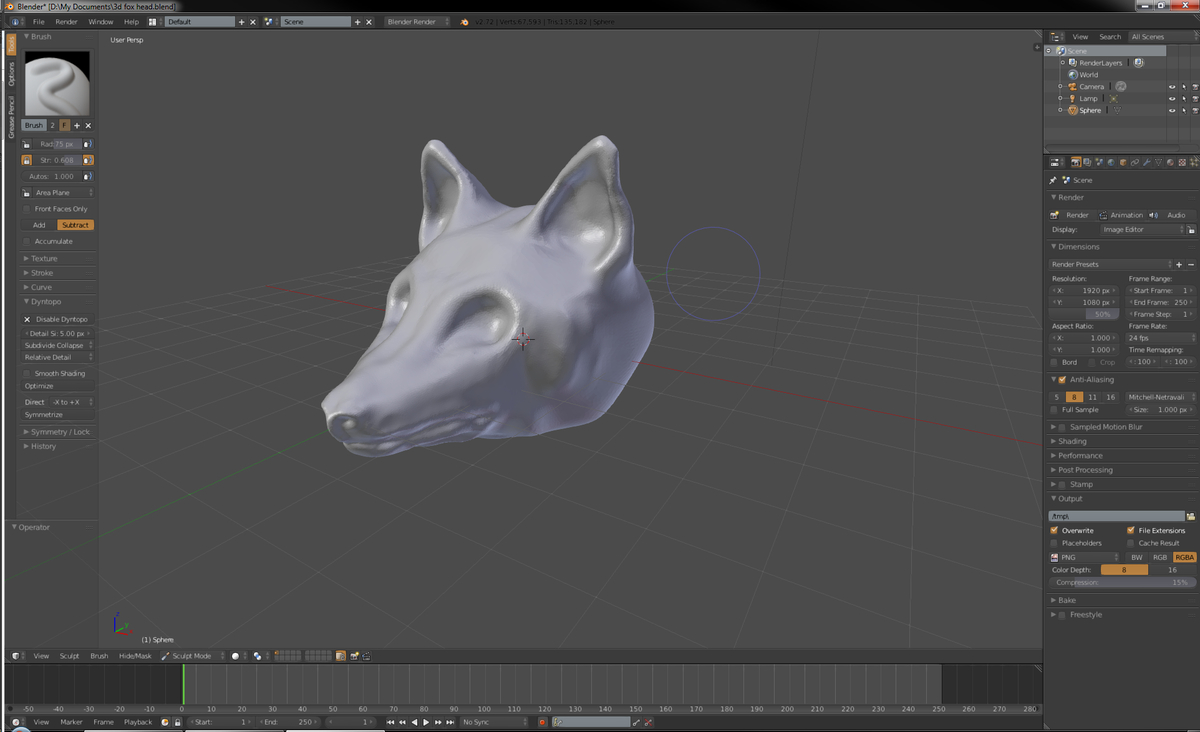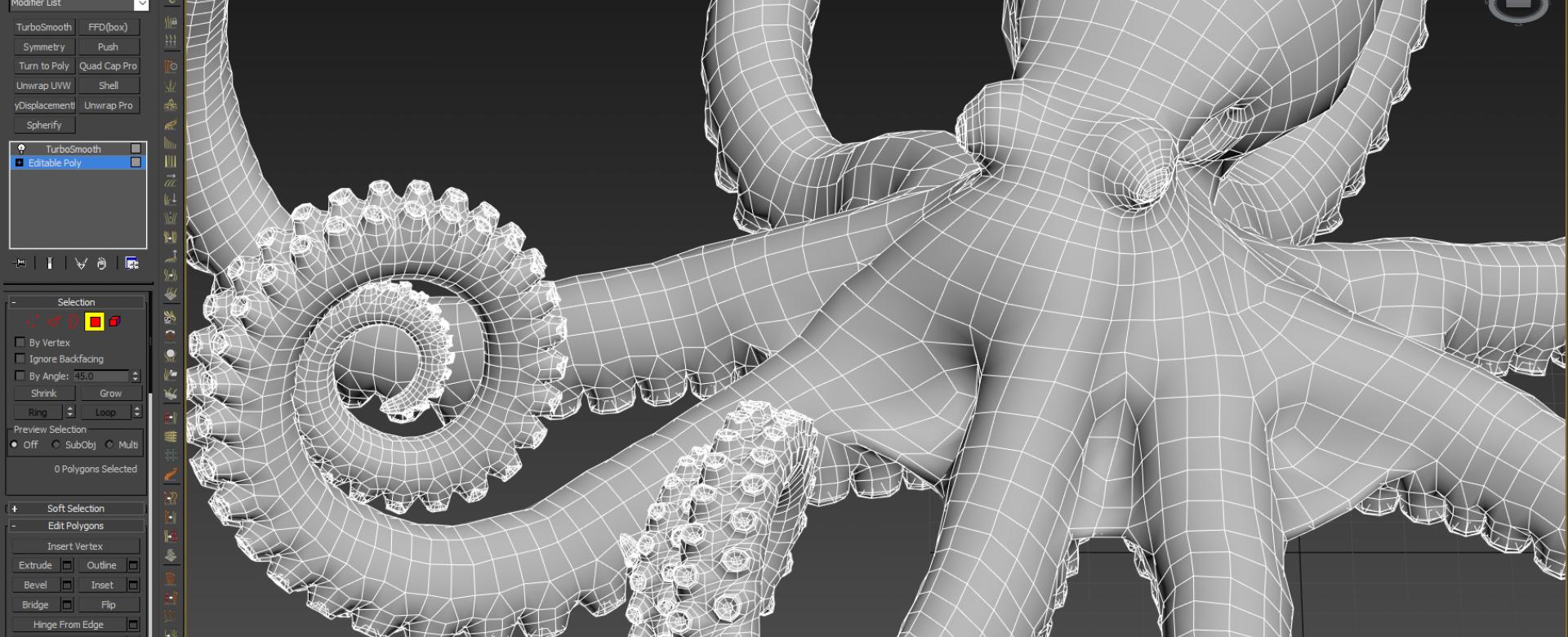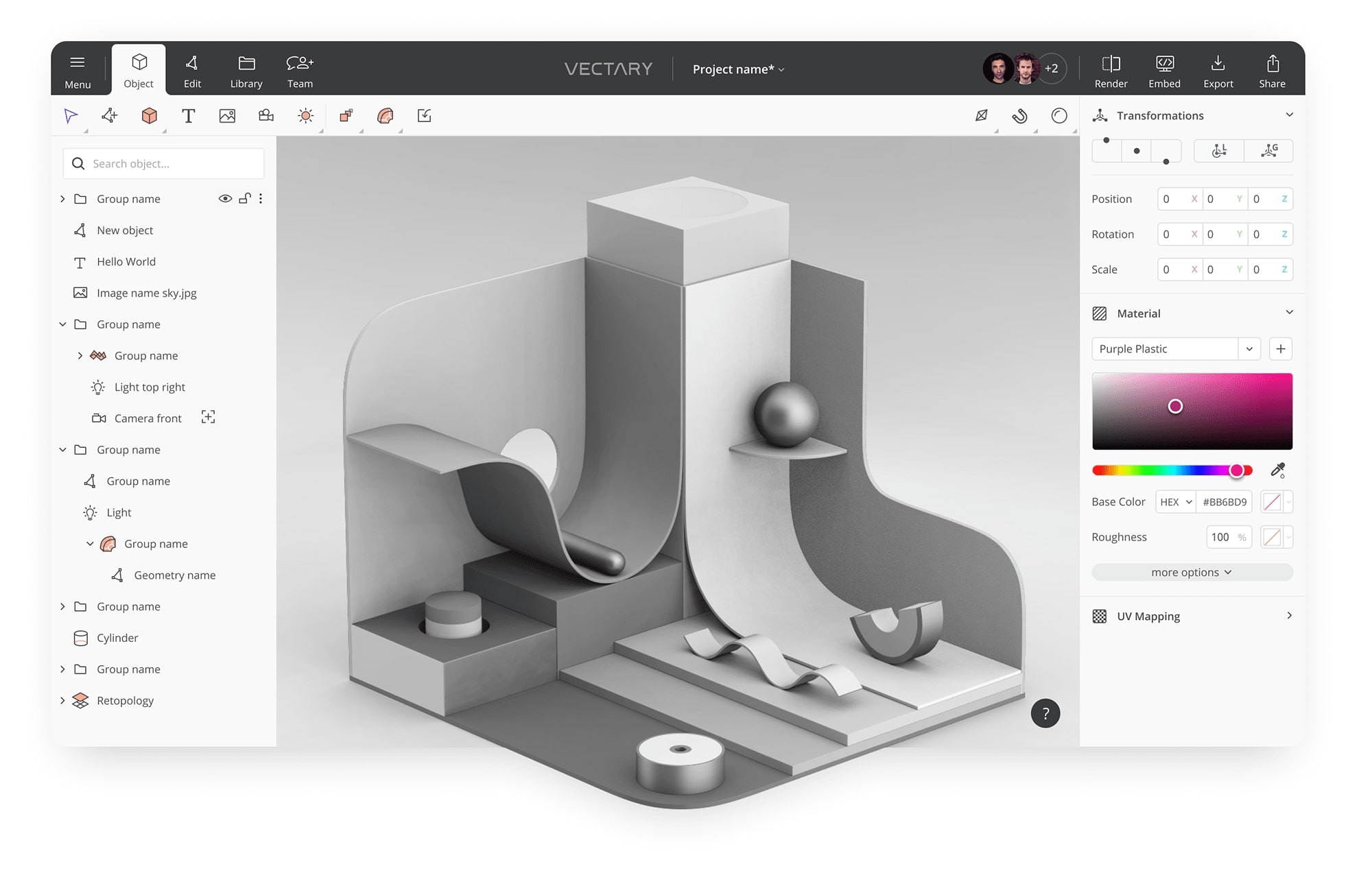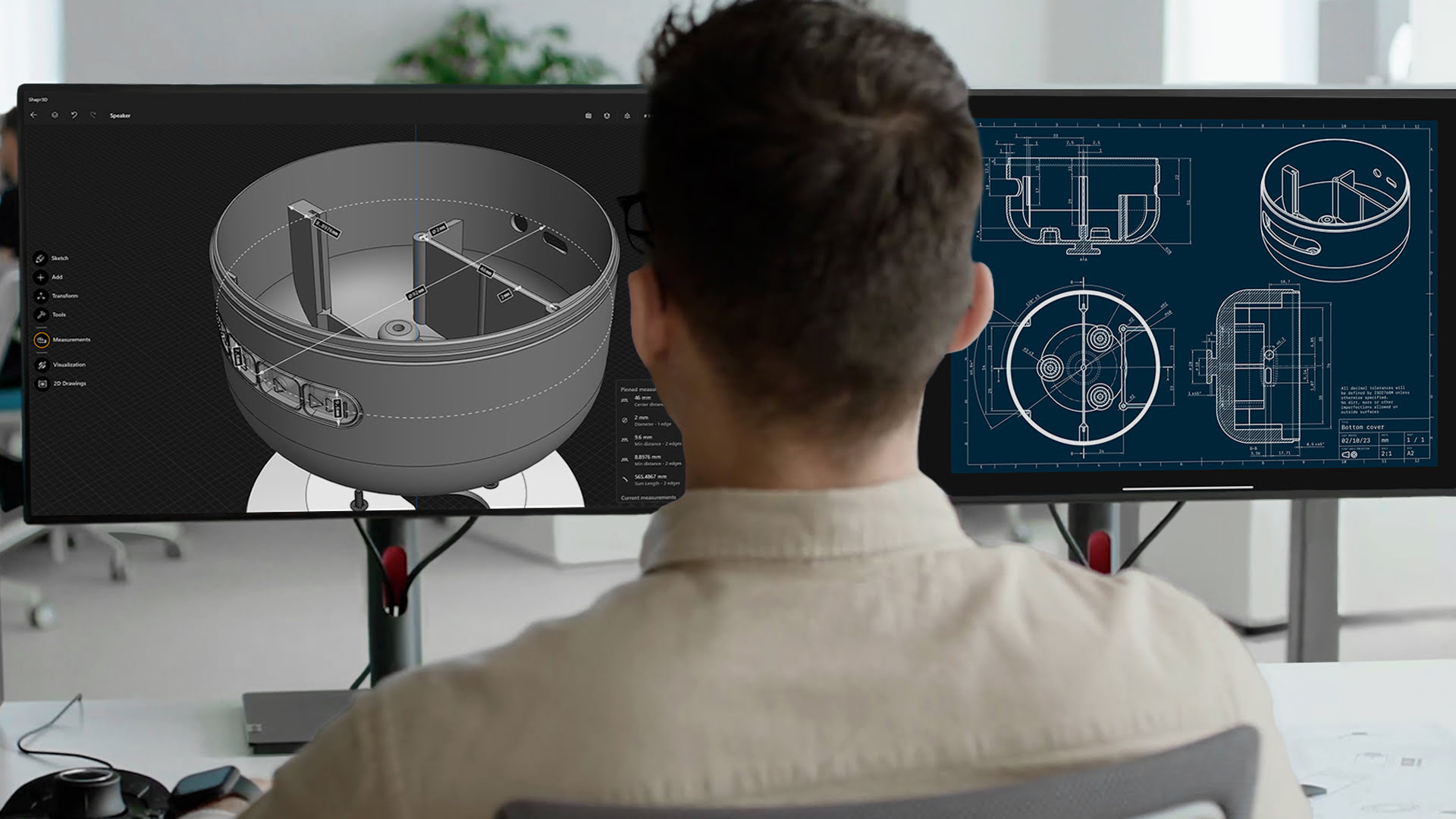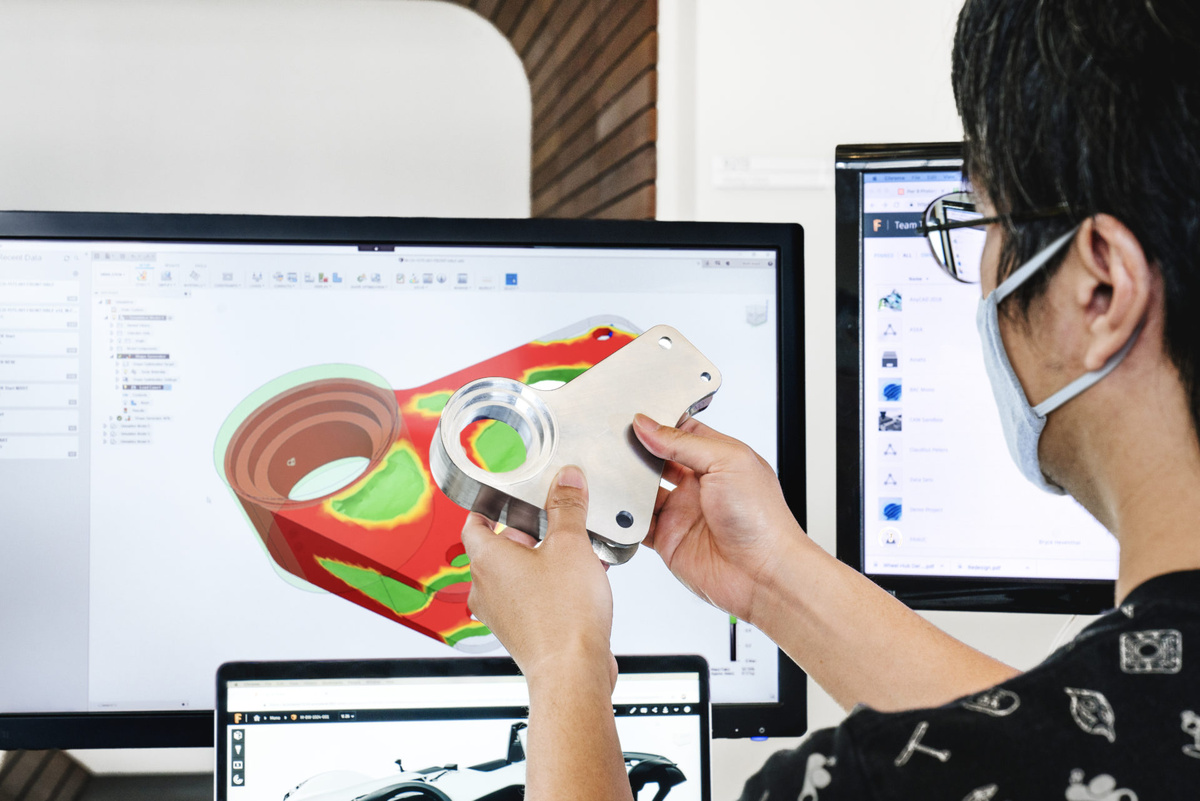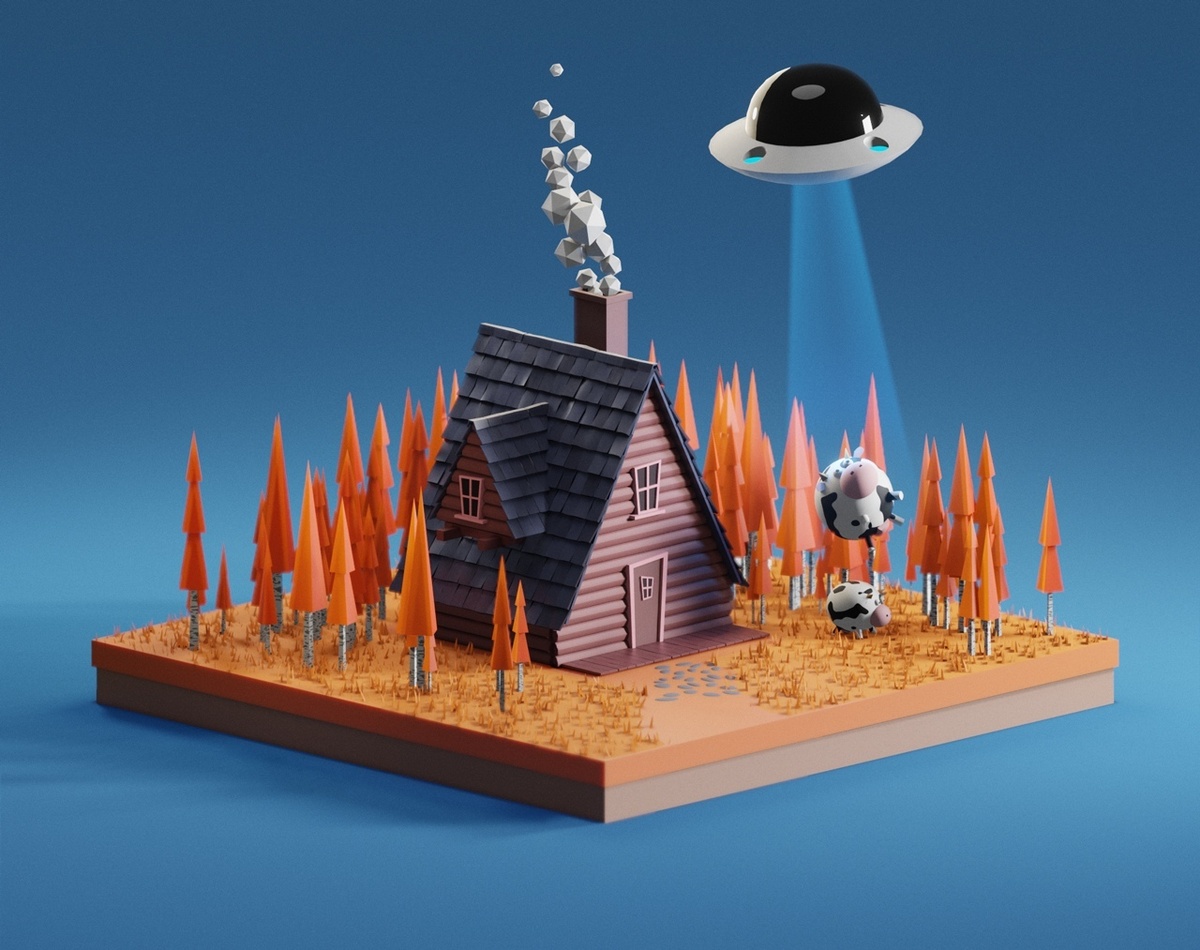Home>diy>Architecture & Design>What Is A Normal In 3D Modeling
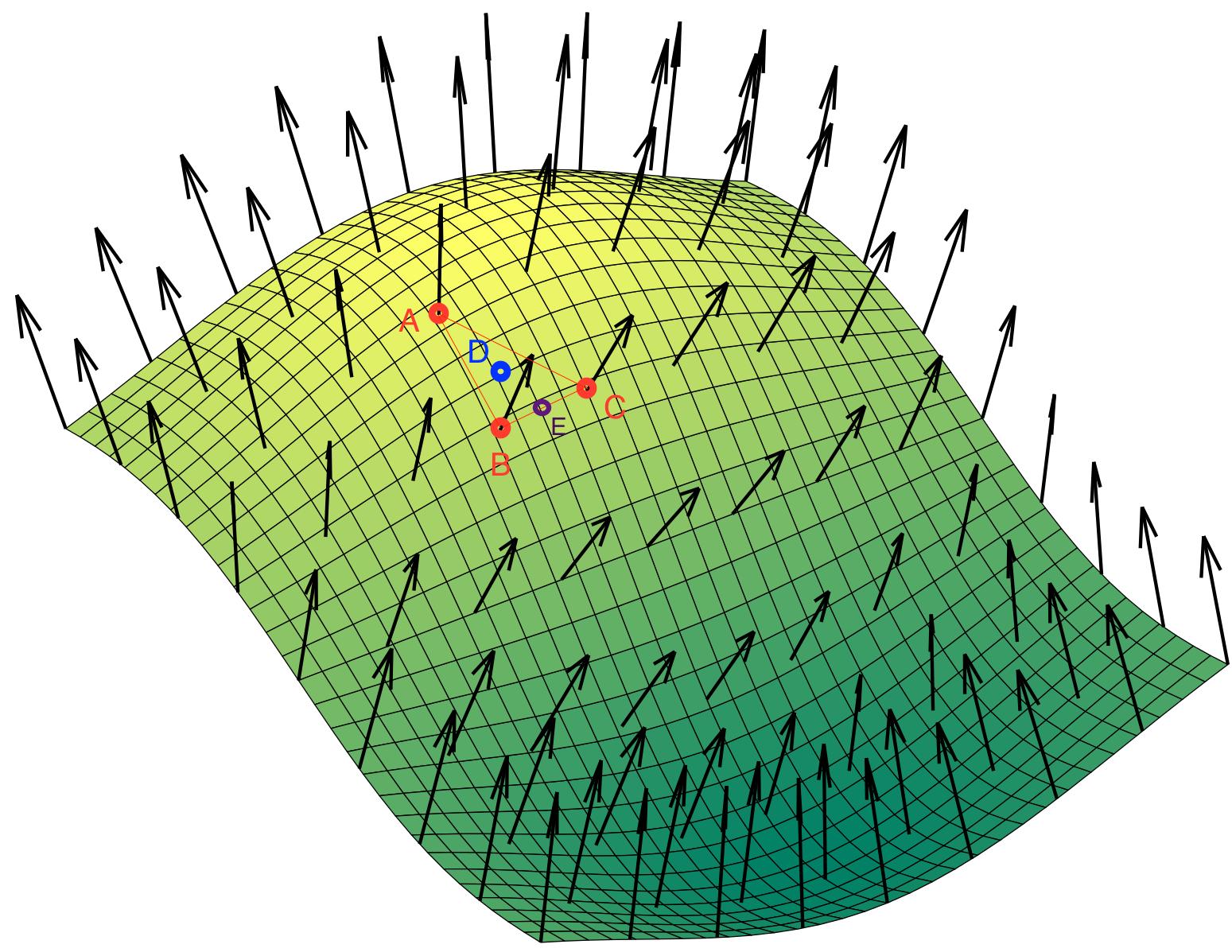

Architecture & Design
What Is A Normal In 3D Modeling
Modified: January 9, 2024
Discover what a normal is in 3D modeling and how it impacts architecture design. Learn about its importance in creating realistic and detailed models.
(Many of the links in this article redirect to a specific reviewed product. Your purchase of these products through affiliate links helps to generate commission for Storables.com, at no extra cost. Learn more)
Introduction
When it comes to 3D modeling, there are many elements that contribute to creating realistic and visually appealing designs. One such element is the concept of “normal.” In the world of 3D modeling, normals play a crucial role in determining how light interacts with an object’s surface, ultimately affecting the overall look and feel of the model.
Understanding and correctly implementing normals is essential for achieving accurate shading, realistic reflections, and smooth surfaces in 3D models. In this article, we will explore the concept of normals in 3D modeling, their importance, and techniques for ensuring their proper implementation.
Before diving into the specifics, let’s briefly define what 3D modeling entails. 3D modeling is the process of creating three-dimensional virtual objects by manipulating geometric shapes and structures. It is widely used in various industries, including animation, gaming, architecture, product design, and visual effects.
Now that we have a basic understanding of 3D modeling, let’s explore how normals come into the picture and why they are crucial in achieving high-quality 3D models.
Key Takeaways:
- Understanding and correctly implementing normals is crucial for achieving realistic shading, lighting, and smooth surfaces in 3D models, ultimately affecting the overall look and feel of the model.
- Normals play a vital role in determining how light interacts with the surfaces of 3D objects, affecting shading, lighting, and overall visual quality, making them indispensable for achieving visually stunning 3D models.
Read more: What Is 3D Modeling?
Definition of 3D Modeling
3D modeling is a technique used in computer graphics to create three-dimensional virtual objects or environments. It involves the use of specialized software that allows artists and designers to construct and manipulate realistic-looking objects by manipulating geometric shapes and textures.
In 3D modeling, the virtual objects are created using polygons, which are flat, two-dimensional shapes with multiple sides. These polygons are then combined and manipulated to form complex three-dimensional shapes. This process can be done manually by an artist or automated using algorithms.
One of the key aspects of 3D modeling is the ability to add textures, colors, and materials to the created objects to make them appear more realistic. This can be achieved through the application of shaders, which define how light interacts with the surface of the object, giving it a lifelike appearance.
Additionally, in 3D modeling, artists have the freedom to control every aspect of the virtual objects, such as their size, shape, texture, and position. This level of control allows for the creation of intricate and highly detailed models.
3D modeling is widely used in various fields and industries, including animation, gaming, architecture, product design, and visual effects. It provides a powerful and versatile way to visualize ideas, showcase products, create realistic virtual environments, and bring imagination to life.
With the advancements in technology, 3D modeling has become more accessible, allowing even non-experts to create basic 3D models. However, mastering the art of 3D modeling requires a deep understanding of various techniques, software tools, and principles such as the concept of normals.
Importance of Normals in 3D Modeling
Normals are a fundamental concept in 3D modeling that play a vital role in achieving realistic and visually pleasing results. They define the direction in which a surface is facing, and this information is crucial for accurate shading, lighting, and rendering of 3D models.
One of the main reasons why normals are important is their impact on how light interacts with the surfaces of objects in a 3D scene. By defining the direction of the surface, normals determine how light is reflected, absorbed, or refracted, ultimately affecting the overall appearance and realism of the model.
When light hits a surface, it interacts differently depending on the normal direction. For example, a surface with normals pointing directly towards the light source will receive more direct light, resulting in brighter highlights. On the other hand, surfaces with normals pointing away from the light source will appear darker or shadowed.
Furthermore, normals are crucial for achieving smooth and seamless transitions between adjacent polygons or surfaces in a 3D model. By aligning the normals of neighboring polygons, artists can create an illusion of continuity, making the model appear more natural and cohesive.
In addition to shading and smoothness, normals also play a significant role in many other aspects of 3D modeling. For instance, they are essential for accurate collision detection, as they determine the surface’s orientation and allow objects to interact realistically in a virtual environment.
Normals can also affect the accuracy of various 3D modeling operations, such as boolean operations, where the correct normal orientation is crucial for accurate object merging or subtraction.
Overall, the importance of normals in 3D modeling cannot be overstated. They are essential for achieving realistic lighting, shading, smoothness, and accurate object interactions. Proper understanding and implementation of normals are crucial for creating high-quality 3D models that are visually appealing and true to life.
Understanding Normals in 3D Modeling
In the world of 3D modeling, a normal is a vector that determines the direction in which a surface is facing. Normals are essential for accurately shading and rendering objects, as they determine how light interacts with the surface and contribute to achieving a realistic appearance.
Each polygon in a 3D model has its own normal vector, which is perpendicular to the surface of the polygon. This vector points outward from the surface, indicating the direction in which the surface is facing.
To visualize this concept, imagine a flat plane. The normal vector at each point on the plane would be pointing directly upward, perpendicular to the surface. This indicates that the surface is facing outward from the plane.
In most cases, normals are automatically calculated by 3D modeling software based on the polygon’s geometry. However, it’s important for artists and designers to have an understanding of how normals behave and how to manipulate them when necessary.
Normals play a critical role in achieving accurate shading and lighting effects. By properly aligning the normals, artists can ensure that light behaves realistically when it interacts with the surface of a 3D object. This includes effects such as diffuse reflection, specular highlights, and shadows.
When the normals of adjacent polygons are aligned correctly, they create a seamless transition between the surfaces, resulting in smooth shading. However, if the normals are inconsistent or facing in the wrong direction, it can lead to rendering artifacts, such as visible seams or odd lighting effects.
Understanding the concept of normals also helps with troubleshooting issues that may arise during the 3D modeling process. For example, if a model appears to have unnatural or distorted shading, it could be an indication that the normals are not properly aligned or facing in the wrong direction.
Additionally, manipulating normals can be useful in achieving specific artistic or stylistic effects. For instance, by deliberately altering the normals, artists can create exaggerated or stylized lighting effects, giving their models a unique look.
Overall, understanding normals is a fundamental aspect of 3D modeling. It allows artists and designers to achieve realistic lighting and shading effects, troubleshoot issues, and unleash their creativity by manipulating normals for desired visual effects.
Types of Normals
In 3D modeling, there are two main types of normals: face normals and vertex normals. Understanding the differences between these two types is crucial for achieving accurate shading and smooth surfaces in 3D models.
1. Face Normals: Face normals, also known as surface normals, are calculated based on the geometric information of each polygon in the model. The face normal is a single vector that represents the average normal direction for all the vertices of a polygon. It points perpendicular to the face of the polygon, indicating the direction in which the surface is facing.
Face normals are used to determine the shading and lighting effects on a per-face basis. This means that each polygon in the model is treated as a separate surface with its own normal. Face normals are especially useful in situations where flat shading is desired, as they give each individual polygon a distinct appearance.
2. Vertex Normals: Vertex normals, also known as point normals, are calculated based on the average of the adjacent face normals at each vertex. Unlike face normals, vertex normals are shared between multiple polygons that share the same vertex.
Vertex normals are essential for achieving smooth shading across adjacent polygons. By averaging the face normals at each vertex, a smooth transition is created between the surfaces, resulting in a continuous and seamless shading effect. This is particularly important for achieving realistic and highly detailed 3D models.
It’s worth noting that in some 3D modeling software, vertex normals can be manipulated independently from face normals. This allows for more granular control over the shading and smoothing of the model.
Both face normals and vertex normals have their own advantages and uses in 3D modeling. Face normals are ideal for achieving flat shading or sharp edges, while vertex normals are critical for achieving smooth shading and realistic surface appearance.
Understanding the differences between face normals and vertex normals allows artists and designers to make informed decisions about the shading and smoothing techniques they use in their 3D models. By utilizing the appropriate type of normals, they can achieve the desired visual effects and create high-quality, visually stunning 3D models.
When creating 3D models, it’s important to understand the concept of “normals.” Normals are vectors perpendicular to the surface of a 3D model, used to determine how light interacts with the model. Ensuring that normals are facing the correct direction is crucial for proper shading and rendering.
Read more: What Are Polygons In 3D Modeling
Calculating Normals
Calculating normals is a crucial step in 3D modeling that determines the direction in which a surface is facing. The accurate calculation of normals is essential for achieving realistic shading, smooth surfaces, and accurate lighting effects in 3D models.
There are different methods for calculating normals, depending on the type of geometry and the complexity of the model. Here are a few common approaches used in the industry:
1. Polygon-based Normal Calculation: In this method, the face normals are calculated by taking the cross product of two vectors that lie on the polygon’s surface. The resulting vector is then normalized to ensure it has a length of 1. This calculation is performed for each polygon in the model, resulting in a set of face normals.
2. Vertex-based Normal Calculation: Vertex normals can be calculated by averaging the face normals of all the polygons sharing the same vertex. This ensures that the normals at each vertex represent the overall direction of the adjacent faces. The resulting vertex normals can then be used for smooth shading across different surfaces.
3. Normal Smoothing: In complex models with high polygon counts, it’s common to apply normal smoothing techniques to create smooth transitions between adjacent polygons. This is done by calculating the weighted average of the neighboring vertex normals and applying them to the vertices of the model. This smoothing process creates a continuous appearance and eliminates sharp edges or creases.
4. Custom Normal Editing: In certain cases, artists may want to manually edit or adjust the normals to achieve specific visual effects or address issues with the model. This can be done by selecting individual polygons or vertices and modifying their normal values using specialized tools or 3D modeling software.
It’s important to note that the accuracy of normal calculation greatly affects the overall quality of a 3D model. Inaccurately calculated or inconsistent normals can result in rendering artifacts, such as improper shading or unrealistic lighting effects.
When working with advanced 3D modeling software, many of these calculations are performed automatically, simplifying the process for the artist. However, it is still important for artists and designers to have a solid understanding of how normals are calculated, especially when troubleshooting or fine-tuning the appearance of a model.
By employing accurate normal calculation methods and techniques, 3D artists can ensure that their models have realistic shading, smooth surfaces, and visually appealing lighting effects.
Common Issues with Normals in 3D Modeling
Normals are a critical component of 3D modeling, and while they are essential for achieving accurate shading and realistic lighting effects, they can also present some common issues that artists and designers may encounter. Understanding these issues is crucial for troubleshooting and ensuring the quality of 3D models. Here are some common issues with normals:
1. Inconsistent Normals: Inconsistent normals occur when adjacent polygons have different normal directions or magnitudes. This can result in visible seams or shading artifacts on the model’s surface, making it appear disjointed or unnatural. Inconsistent normals can arise during the process of merging or manipulating separate geometry elements, and it’s important to ensure that all polygons sharing the same vertex have consistent normals.
2. Flipped Normals: Flipped normals occur when the direction of the normal is pointing inward instead of outward or vice versa. This can result in visual anomalies such as inverted shading, incorrect reflections, or unusual lighting effects. It’s crucial to check and correct flipped normals, particularly when merging or importing 3D models from different sources.
3. Non-Manifold Normals: Non-manifold normals refer to situations where a vertex has more than two adjacent polygons with different normal directions. This can cause rendering issues and unpredictable shading results. Non-manifold normals often occur when merging or intersecting separate geometry elements, and they need to be resolved by adjusting the vertex or polygon connectivity.
4. Smoothing Group Artifacts: When applying smoothing groups or normal smoothing techniques in 3D modeling software, artifacts may appear where the shading appears inconsistent across adjacent polygons. This can happen due to incorrect weighting or averaging of the vertex normals within the smoothing group. Adjusting the smoothing angles or manually editing the normals can help alleviate these artifacts.
5. Normal Degradation during Export/Import: When exporting or importing 3D models between different software or formats, there is a chance that the normal information may be altered or lost, leading to issues with shading and lighting. It’s important to ensure that the normal data is preserved during the file conversion process and may require adjusting or recalculating the normals after the import.
Addressing these common issues with normals requires a keen eye for detail and an understanding of normal behavior in 3D modeling. Adjusting and correcting inconsistent normals, flipping normals, or resolving non-manifold situations can help achieve accurate shading, realistic lighting, and visually appealing 3D models.
Techniques for Fixing Normal Problems
When working with 3D models, it is common to encounter normal-related issues that can affect the appearance and quality of the model. Fortunately, there are several techniques available to address and fix these normal problems. Here are some effective techniques for fixing normal-related issues:
1. Recalculating Normals: One of the first steps in resolving normal problems is to recalculate the normals. Most 3D modeling software provides tools to recalculate normals based on the geometry of the model. This process ensures that the normals are aligned correctly, eliminating inconsistencies or flipped normals that may have occurred during the modeling process.
2. Manual Normal Editing: In some cases, manually editing the normals can be an effective way to fix normal problems. This technique involves selecting individual vertices, edges, or polygons and adjusting their normal values using sculpting or editing tools in the 3D software. Manually editing normals allows for precise control over the direction and orientation of the normals, ensuring proper shading and smoothness.
3. Normal Smoothing: If you encounter issues with inconsistent shading across adjacent polygons, applying normal smoothing can help alleviate the problem. Normal smoothing involves averaging the normals of adjacent polygons to create a smooth transition between them. This technique can help eliminate visible seams or sharp edges and create a more natural appearance for the model.
4. Normal Welding: When working with multiple objects or overlapping geometry, normal welding can be used to unify the normals along shared edges or vertices. This technique involves merging the vertices or edges that share the same position and then averaging the normals to create a seamless connection between the objects or geometry elements. Normal welding helps to eliminate shading inconsistencies and creates a more cohesive model.
5. Checking and Fixing Non-Manifold Geometry: Non-manifold geometry, where a vertex has more than two adjacent polygons with different normal directions, can cause shading issues. To fix this problem, you should identify and resolve any non-manifold geometry by adjusting the vertex connectivity or splitting polygons to ensure each vertex has consistent normal information.
6. Verifying Normal Consistency: To ensure consistent normals throughout the model, it is important to regularly check the normal consistency during the modeling process. This involves examining the model for any visible seams, shading artifacts, or unrealistic lighting effects. If any issues are found, applying the appropriate techniques mentioned above can help resolve them.
By applying these techniques and addressing normal-related problems, you can improve the overall quality and appearance of your 3D models. It is important to experiment with different methods and find the most suitable approach for each specific issue encountered during the modeling process.
Conclusion
In the world of 3D modeling, understanding and properly utilizing normals is essential for achieving realistic and visually appealing results. Normals play a crucial role in determining how light interacts with the surfaces of 3D objects, affecting shading, lighting, and overall visual quality.
Throughout this article, we have explored the definition of 3D modeling and the importance of normals in the field. We have discussed the different types of normals, including face normals and vertex normals, and their roles in achieving smooth surfaces and accurate shading.
We have also delved into techniques for calculating and manipulating normals, such as normal smoothing, recalculation, and manual editing. These techniques help address common issues with normals, including inconsistencies, flipped normals, and non-manifold geometry.
By understanding these techniques and the potential problems that can arise with normals, 3D artists and designers can troubleshoot issues and ensure the quality of their models. Techniques such as recalculation, manual editing, normal smoothing, and normal welding provide the means to fix normal-related problems and create high-quality 3D models.
In conclusion, mastering the concept and application of normals is indispensable for achieving accurate shading, realistic lighting effects, and visually stunning 3D models. By paying attention to normal calculation, consistency, and manipulation, artists and designers can elevate the quality of their work and bring their creations to life with remarkable accuracy and visual appeal.
Frequently Asked Questions about What Is A Normal In 3D Modeling
Was this page helpful?
At Storables.com, we guarantee accurate and reliable information. Our content, validated by Expert Board Contributors, is crafted following stringent Editorial Policies. We're committed to providing you with well-researched, expert-backed insights for all your informational needs.
